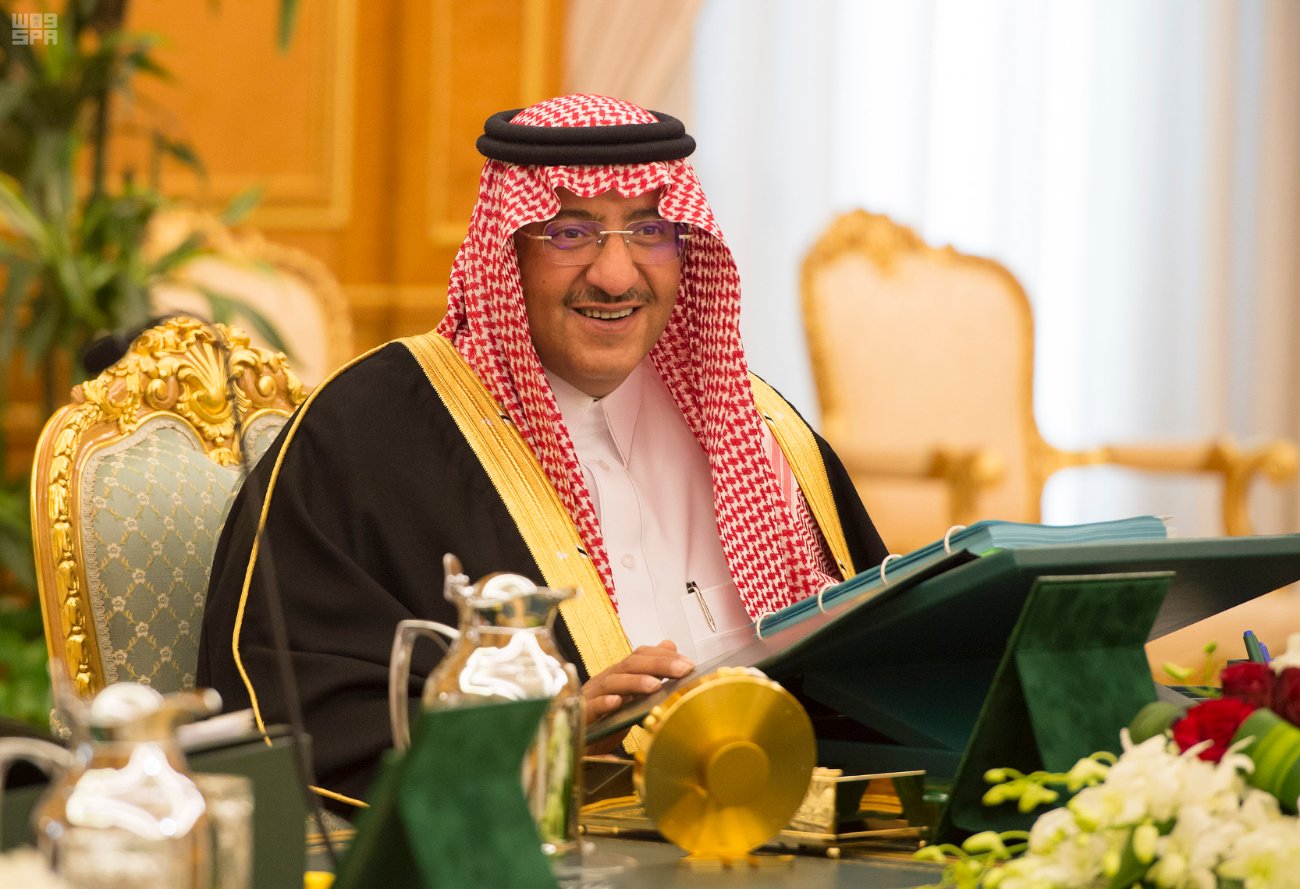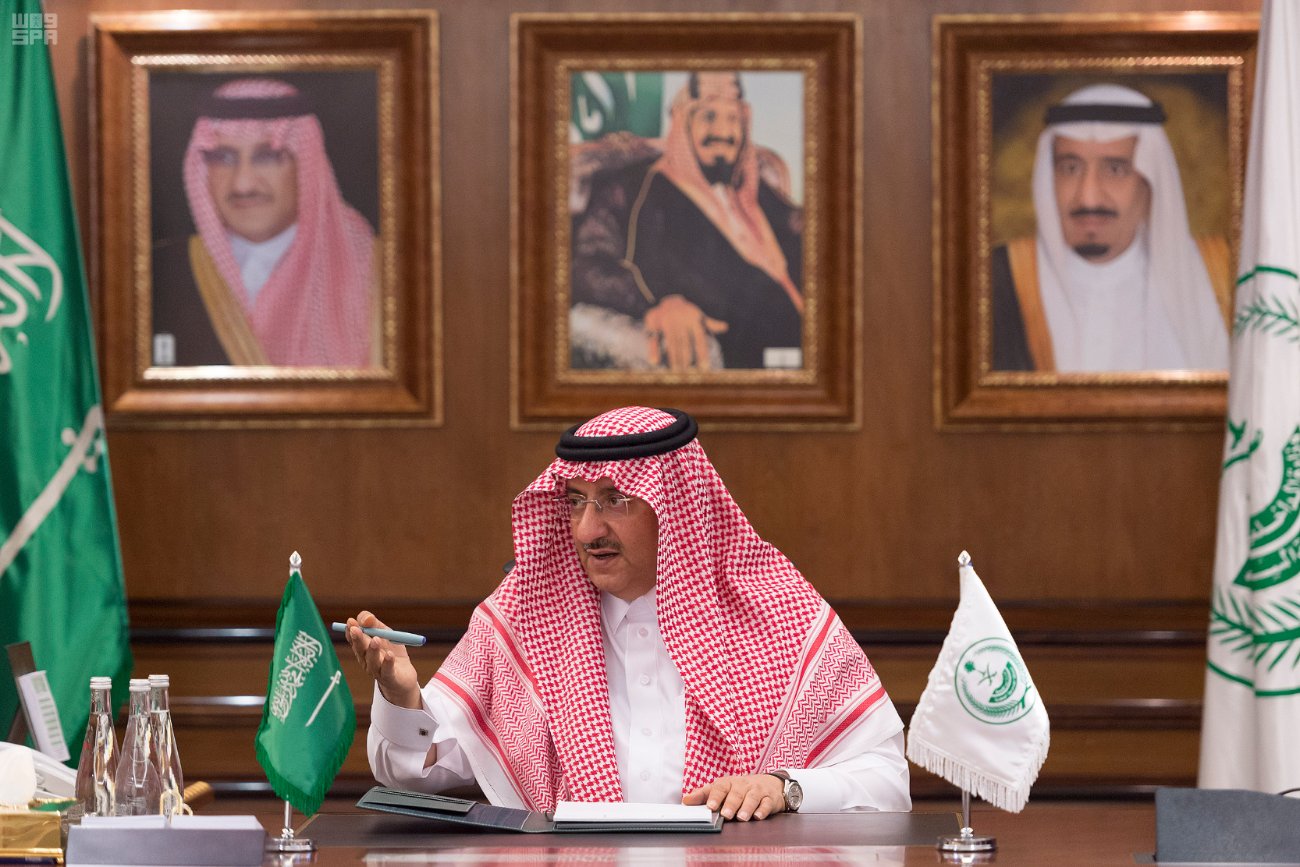‘Kremlinology’ originally applied to the attempt by outsiders to understand Russia’s political inner-workings. It can also describe any attempt to understand a secretive organization or process, and the Saudi royal family certainly fits this bill.
Conclusions about the inner-workings of Saudi Arabia’s government and royal family based solely on appearance, rumor or sources that may or may not have true access frequently result in unreliable assessments. Not surprisingly, reliable or unreliable, these assessments usually find their way into media outlets of one kind or another.
So, for observers who read too far into the lack of public presence by Saudi Arabia’s Crown Prince Mohammed bin Naif (“MBN”) in the last 18 months compared to other top royals, the Prince’s recent high profile and media-documented busy schedule serves as a reminder that there is more to what outsiders can see and hear about Saudi Arabia through rumor.

Crown Prince Mohammed bin Naif.
In the last two weeks, since King Salman left the Kingdom for a month-long trip to several Asian nations to boost trade and security ties, the Crown Prince has been heavily featured in the official Saudi Press Agency’s (SPA) photos and media.
The prince was shown in the SPA taking several meetings at the Ministry of the Interior, where photographs of the inside of the building are exceedingly rare. Then there are photos of MBN chairing the weekly Saudi cabinet session and sitting at the head of the weekly Council of Political and Security Affairs. MBN was also photographed taking a meeting with a diplomat from New Zealand, and opening a new cyber security center. In these photos, the Prince appears healthy, focused, and even smiling.
The images seem to contrast conjecture last year that the Prince “is seriously ill.” From NBC News:
“Bruce Riedel, former national intelligence officer for the Mid-East and a member of President Obama’s transition team, said that U.S. leaders now need to familiarize themselves with a man who may be king soon. King Salman is 80 and fragile and Bin Nayef, who the U.S. would’ve preferred as his successor, is seriously ill. “We’ve put a lot of markers down on Mohammed bin Nayef. It’s the smart move to do the same with Bin Salman. It’s an opportunity to get to know him.”
Riedel also wrote an analysis earlier in 2016 for the Brookings Institution wondering what had happened to the “vanishing” Crown Prince:
“Crown Prince Mohammed bin Nayef (MBN) had taken a conspicuously low profile in the ten months since his accession to the number-two post in Saudi Arabia. What does it mean?”
Riedel, a well-regarded U.S.-based expert on Saudi Arabia, doesn’t answer the question, but provides useful context, noting that “there is no single standard of behavior for Saudi crown princes” and that MBN “prefers a lower profile…The crown prince has always been a private man like his father. He became famous in the Kingdom for surviving multiple al-Qaida assassination attempts, not for grand standing. Perhaps his low profile is simply his personality. ”
It may be, in fact, that Crown Prince Naif was in poor health last summer, and that he has since recovered. We don’t know. What we do – and all we know – is that Crown Prince Naif appears to be healthy now and maintaining a busy public schedule in the King’s absence.









